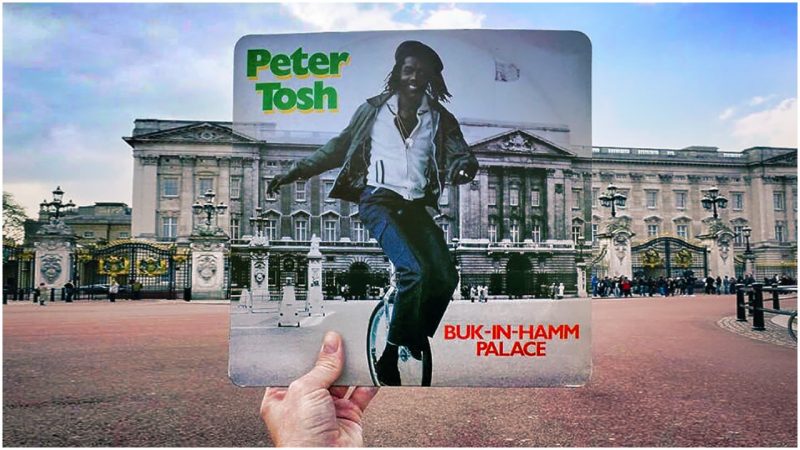Jamaican heritage in Britain reflects itself in many ways, but perhaps the most vivid clash of cultures began in the 1960s after a wave of Carribean immigrants brought with them a piece of their own identity ― reggae music.
Soon, record labels followed the trend by publishing numerous Jamaican artists who, in return, made album covers, predominately in London, capturing the splendor and squalor of the British capital as it became a melting pot for musicians all over the world.
This trend continued well into the 1980s when ska music started topping the charts and blending even more with the sound of punk and new wave musical genres.
However, even though these styles have evolved and integrated with popular music of the day, the artists that once rocked the dance floors remain largely forgotten.This is where Alex Bartsch, a London-based photographer, steps in.

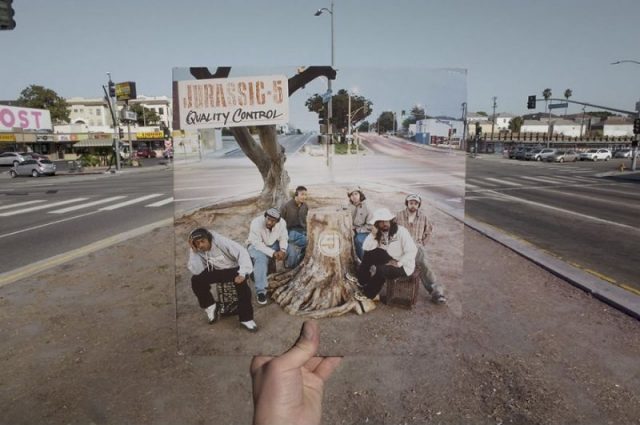
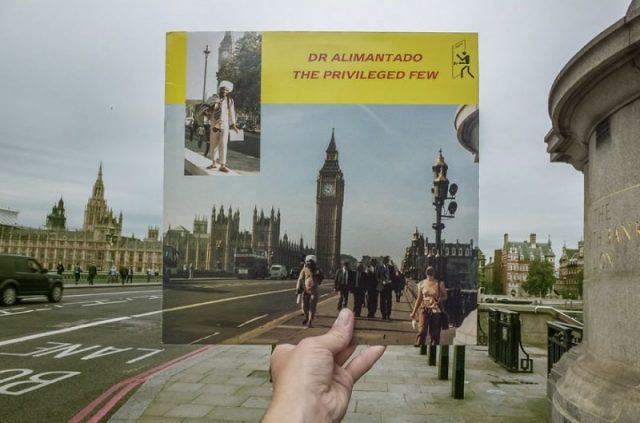
Over a course of a decade, Bartsch had made it his mission to seek out the original locations where the album covers of some of the iconic reggae and ska vinyl covers were made.
He used his camera to reconstruct more than 50 covers, almost seamlessly fitting in the background with the hand-held album cover. Bartsch explained the origins of love towards this particular genre of music in a 2016 interview for Huck Magazine:
“My dad introduced me to Bob Marley when I was young. About 10 years ago I started collecting records, mostly reggae music. I just like soulful music and reggae fit well in that category.”
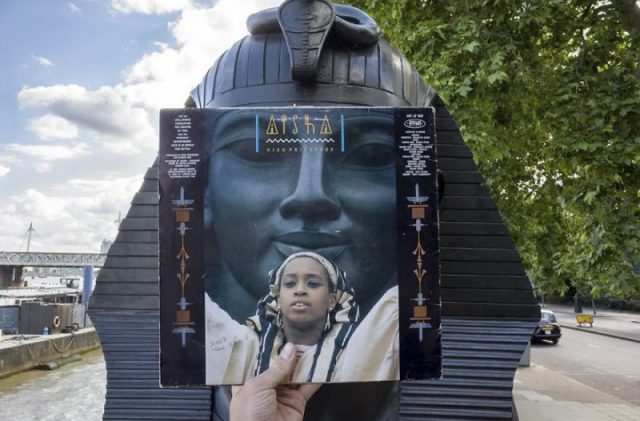
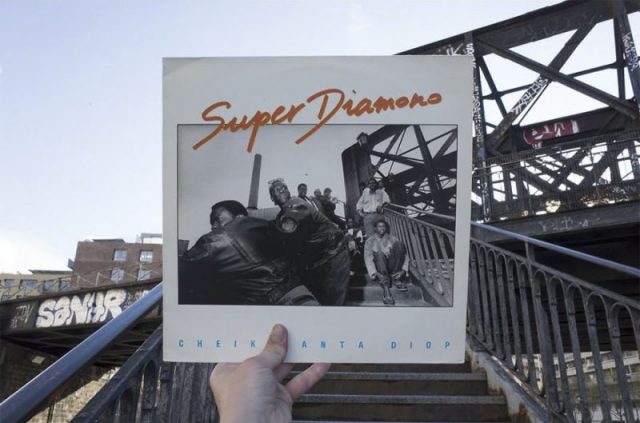
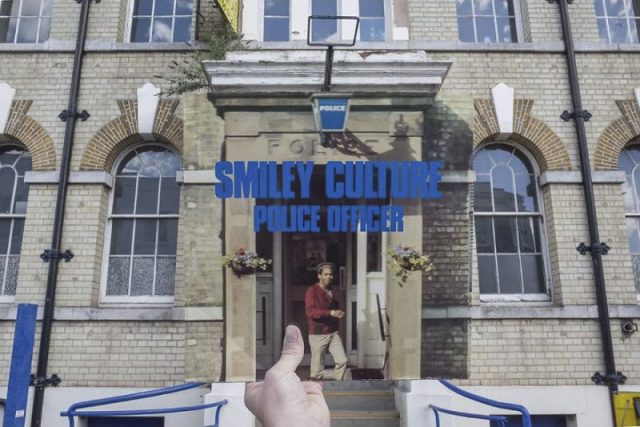
Reportedly, Bartsch had many problems locating the anonymous places where some of these photos were taken decades ago. However, that didn’t stop him from commencing his thorough search:
“Perseverance is a good tool! I have spent hours looking through images on the internet for a place or landmark. It often starts with the information on the record sleeve but many of them don’t offer much to go on. I have learned through doing this project that a good place to start is the area where the label was based. Sometimes it was just outside the door of the record label.”
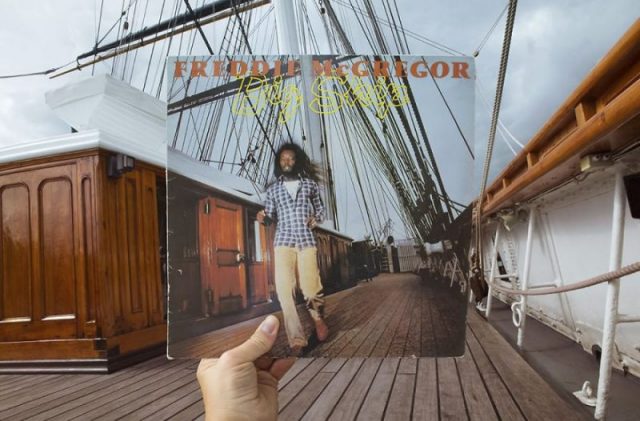
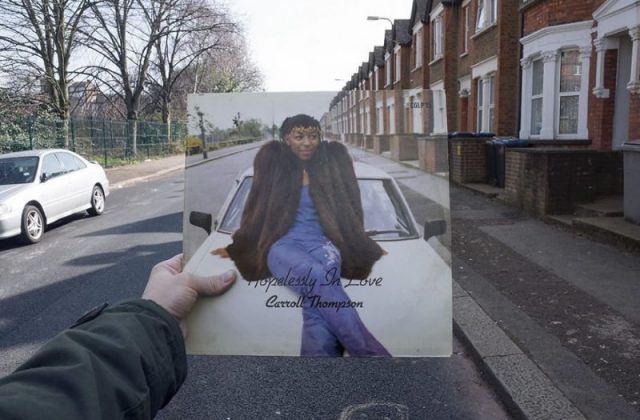
According to his own account, some other cases led him to private backyards and rooftops which had long changed ownership, becoming ordinary residences in the suburbs, unaware of their famous past.
The photographer was indeed into some serious detective work, but was also hooked on reproducing as much of the vinyl sleeves he could. Researching, identifying and photographing took him all across London ― from the outskirts to the center.
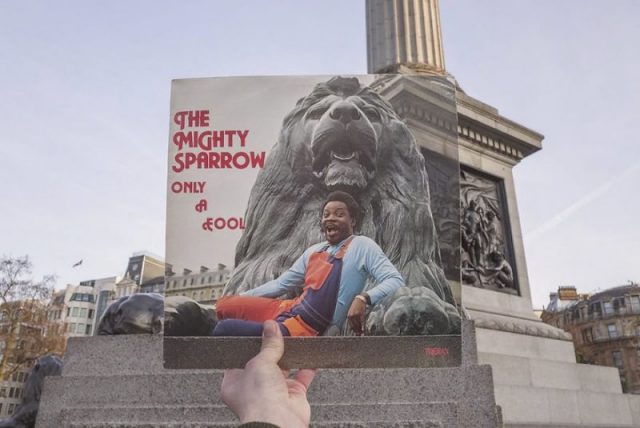
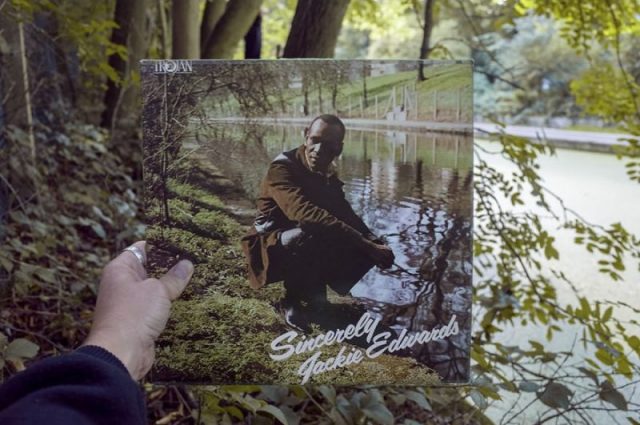
The search for records also led him to travel across the world, finding the long-lost treasure from the golden years of legendary reggae labels such as Trojan, 2 Tone Records, and Tuff Gong.
Along the way, the photographer has made an intricate map of London ― one that captures the landscape of reggae icons, discovering secret passages, former hang-out spots, and forgotten landmarks:
“To achieve some of these shots I had to hitch a boat ride across Regents Canal, climb onto a rooftop near Old Street, ask to enter someone’s front room in Hampstead, access a back yard in Wembley, and venture on to the Westway in west London.”
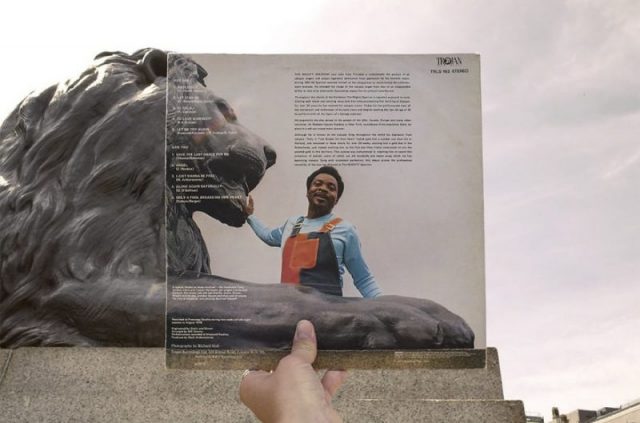
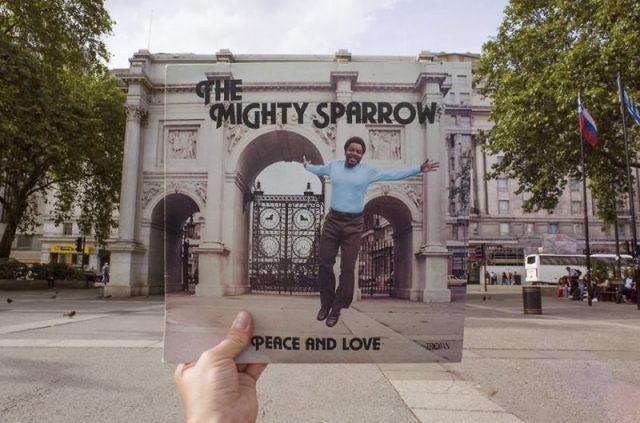
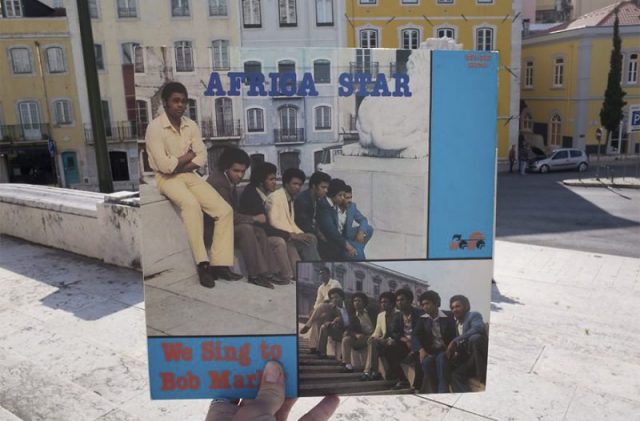
Even though not all locations managed to withstand the test of time, according to Bartsch it is incredible how little some of these places had changed.
In the meantime, Bartsch’s work has garnered attention from many of the former active members of the scene.
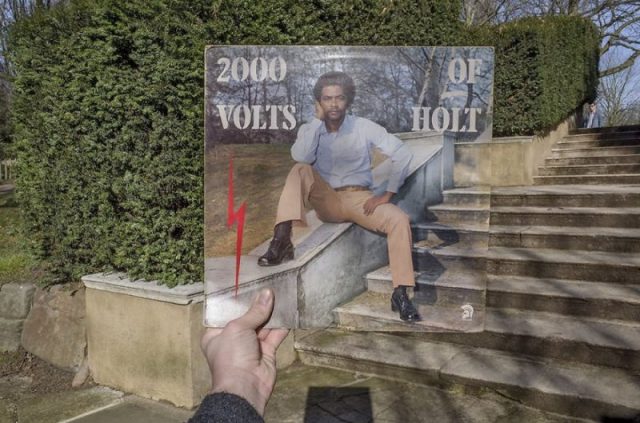
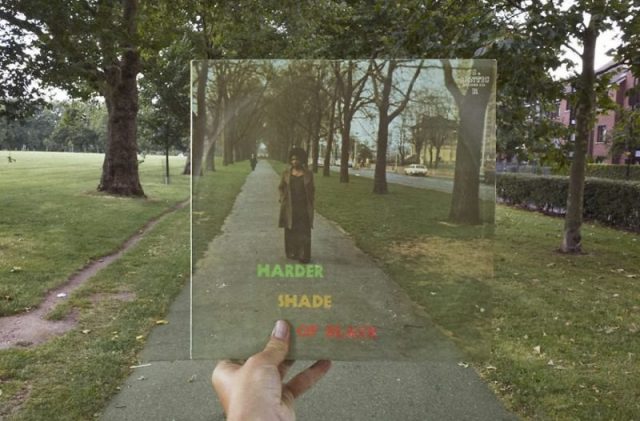
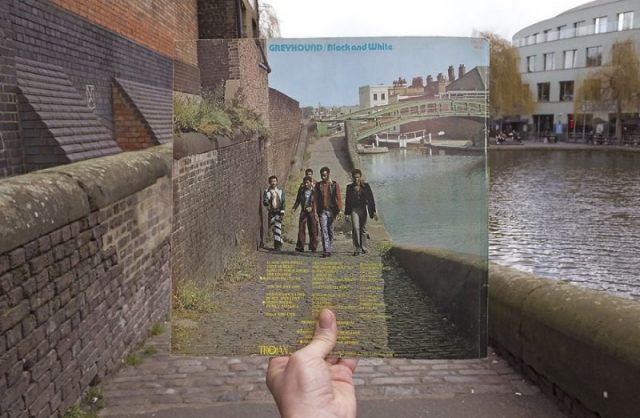
He has interviewed studio musicians, artists, other photographers and record label agents alike in search for the exact locations, as well as stories behind some of these original photo-shoots.
His endeavor was also supported by One Love Publishing, an independent book publisher that specializes in reggae-related literature. The book, titled Retracing Reggae Record Sleeves in London, came out in 2018. It includes Bartsch’s photographs as well as excerpts from various interviews, and other texts written by Al “Fingers” Newman, another important figure in the history of reggae in the UK.
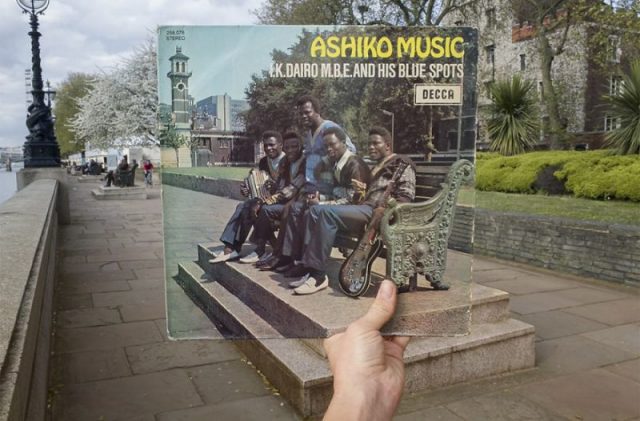
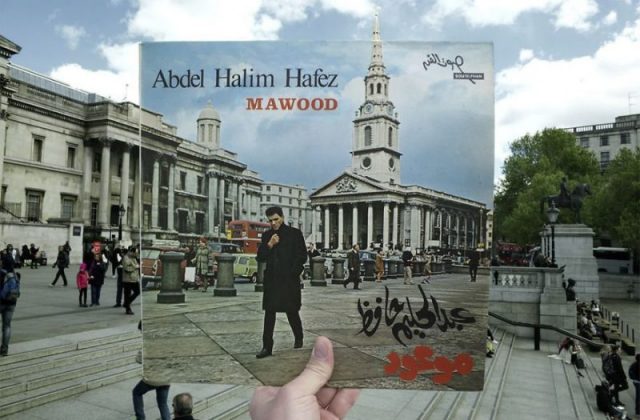
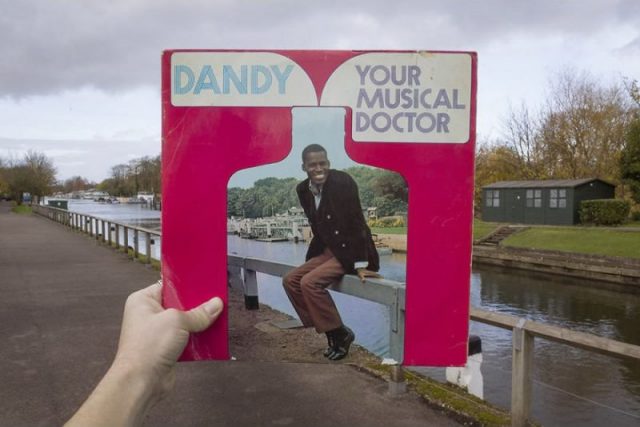
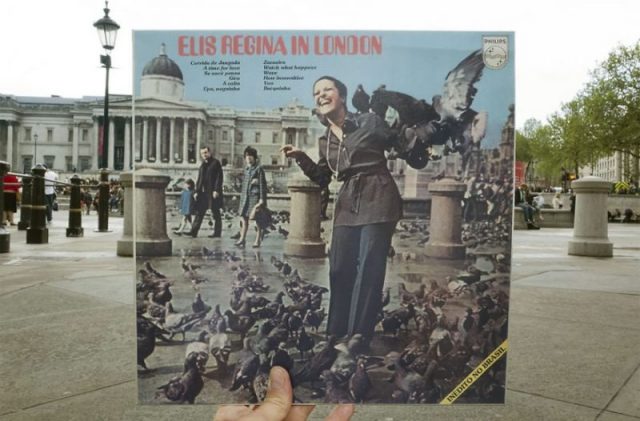
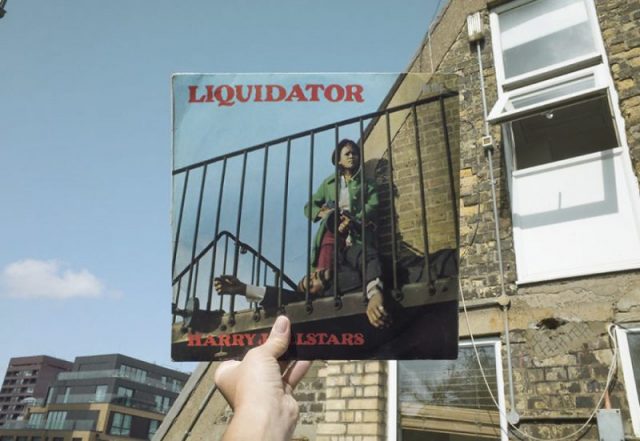
Check out Alex Bartsch’s website or instagram to see more of his work.
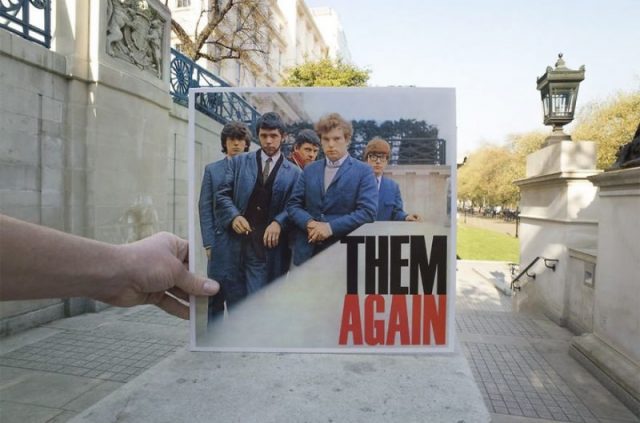
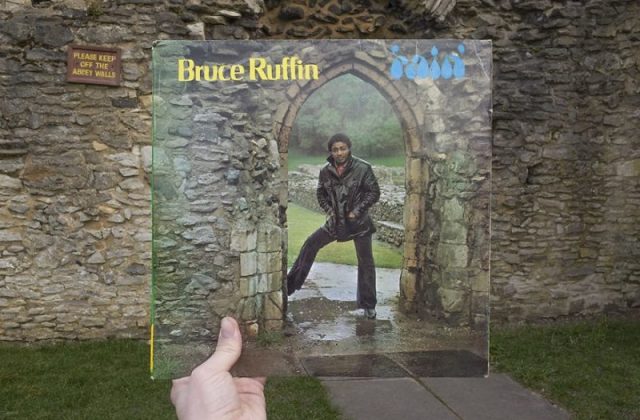
This wonderful insight into one of Britain’s most relevant music genres, which spawned a revolution in the music industry, is bringing back the spirit of the past, with the help of some of its most vibrant curators.
Read another story from us: Photographer Recreates Renaissance Paintings using Popular Superheroes
Even though the glory days of UK reggae have long passed, Alex Bartsch’s photo book offers a beautiful stroll down nostalgia lane, and certainly provides us with an excellent selection of vinyl which deserves a listen.
